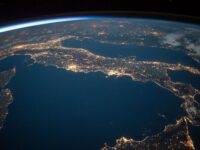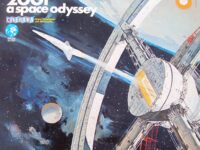A Better Sense of Our Place in Space
By Megan Wassick, Undeclared, 2018
Where in the universe are we?
…well, yes, we’re in Massachusetts. But think bigger than that: beyond the United States or even North America or the Earth. Earth is in the Solar System, the Solar System in the Milky Way — but what is bigger than our galaxy? Does such a thing have a concept or a name?
Yes, it does; rather than being spread out, galaxies tend to clump together in relatively close proximity to each other. These areas are called clusters. Several clusters grouped together form a supercluster.
Previously, the Milky Way was considered to be part of the Virgo Supercluster. However, a research team led by astronomer Brent Tully from the University of Hawaii identified the Virgo Supercluster as being a subset of a larger grouping of galaxies, named the Laniakea Supercluster.
Laniakea is Hawaiian for “immeasurable heaven.” While it can be measured, it is immense, spanning 500 million light years and containing some hundred thousand galaxies. For comparison, the Milky Way galaxy stretches 100,000 light years across.
The researchers that named and charted Laniakea defined a supercluster as any groups of galaxies that are bound together by the force of gravity. For instance, the center of Laniakea is the Centaurus cluster and a region known as the “Great Attractor.” Everything that is pulled toward this area is part of the Laniakea Supercluster. This new method for mapping these structures will help scientists outline the borders of other, neighboring superclusters.
Some in the scientific community who disagree with this new, gravitationally-based definition of a supercluster. They ask a different question; instead of trying to chart the location of everything in the universe, they ask what will happen in the very long term. This definition of a supercluster is a structure that will one day collapse entirely in on itself. Laniakea does not fit this definition because some of the galaxies located in it will move away from each other as the universe expands.
Despite this contention, the new classification of our place in the universe is an important step toward creating a more accurate map of the cosmos. It takes us one step closer to measuring our immeasurable heavens.
This article was originally published in NUSci Issue 21.





